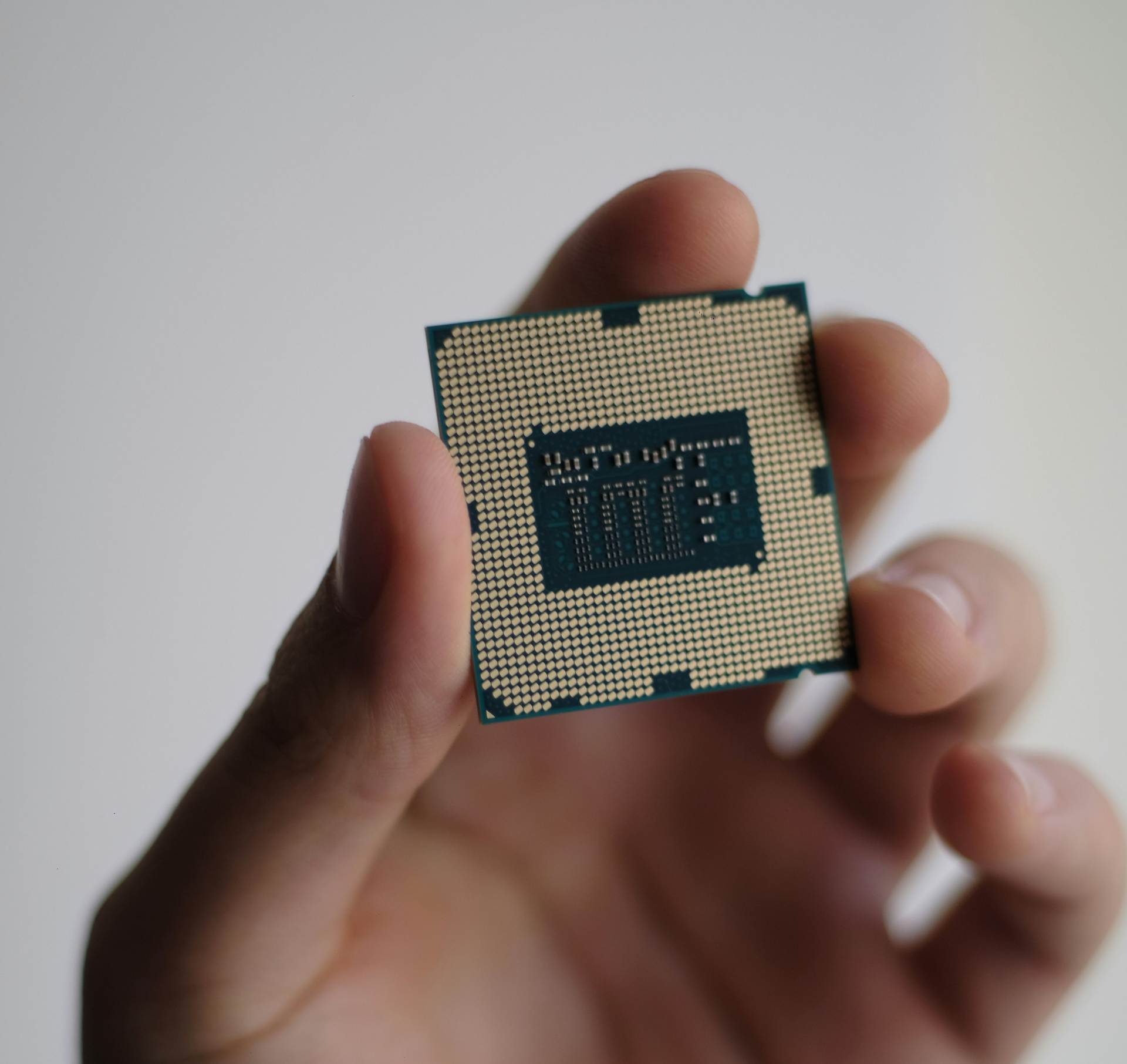The tech industry is abuzz with news of potential Intel layoffs 2024, as the semiconductor giant grapples with a series of challenges. This latest development comes on the heels of ongoing issues with Intel’s 13th and 14th generation processors, further complicating the company’s position in an increasingly competitive chip market.
Intel layoffs 2024 looms
According to a recent Bloomberg report, Intel is poised to announce significant job cuts during its upcoming second-quarter earnings call. While the exact number remains unconfirmed, sources suggest that thousands of employees from Intel’s global workforce of 110,000 could be affected by these Intel layoffs 2024.
This isn’t the first time Intel has trimmed its workforce in recent years. The company initiated job cuts in October 2022 and continued the trend throughout 2023, reducing its staff by approximately 5% during that period. The potential Intel layoffs 2024 would mark a continuation of this cost-cutting strategy as the company navigates turbulent waters.

Technical troubles compound the situation
The news of potential Intel layoffs 2024 comes at a particularly challenging time for the chip manufacturer. Intel has been grappling with a highly publicized issue affecting its 13th and 14th generation desktop processors. Users have reported frequent system crashes, blue screens of death, and instability, particularly during demanding tasks like gaming.
Intel wants your help building AI PCs
The root cause of these problems has been traced to a microcode bug causing the processors to draw excessive voltage. This not only leads to instability but also raises concerns about potential long-term damage to the affected chips. Intel has promised a microcode patch to address the issue, but the company’s handling of the situation has drawn criticism from consumers and industry observers alike.
A flashback to Intel 13th and 14th Gen issues
Intel’s 13th and 14th generation processors have faced significant instability problems.
These issues primarily stem from elevated operating voltage, which can cause crashes, blue screens, and even potential damage to the CPU.
Intel has identified the root cause as a microcode algorithm error that leads to incorrect voltage requests. To address this, they are releasing a microcode patch in mid-August. Additionally, they have extended the warranty on affected processors by two years.
Important points to remember:
- Issue: Elevated operating voltage causing instability.
- Cause: Microcode algorithm error.
- Solution: Upcoming microcode patch and extended warranty.
- Impact: Affects 13th and 14th gen processors with 65W or higher power consumption.
Who is Pat Gelsinger?
Pat Gelsinger is the CEO of Intel Corporation.
He took over the position in 2021 and has been instrumental in the company’s efforts to regain its leadership position in the semiconductor industry. Under his leadership, Intel has been focusing on process technology advancements, product innovation, and addressing manufacturing challenges.
Gelsinger is a veteran in the semiconductor industry with a long history at Intel. His return as CEO was seen as a strategic move to revitalize the company.
Market pressures are harsh
The potential Intel layoffs 2024 reflect broader challenges facing the company in an evolving semiconductor market. While Intel has long been a dominant force in CPU manufacturing, it now faces stiff competition from rivals like AMD, who offer comparable performance at competitive prices.
Additionally, the surge in demand for AI-specific chips has shifted focus away from traditional CPUs – Intel’s longtime bread and butter. While the company has made efforts to enter the GPU market and position itself as an AI solutions provider, it faces an uphill battle against established players in these segments.

What’s next for Intel?
As Intel contemplates these layoffs 2024, the company finds itself at a critical juncture. Addressing the technical issues plaguing its recent processors is paramount to rebuilding consumer trust. Simultaneously, Intel must navigate the shifting demands of the semiconductor market, balancing its traditional strengths with the need to innovate in emerging areas like AI and specialized computing.
The potential Intel layoffs 2024 may provide short-term cost savings, but the company’s long-term success will hinge on its ability to overcome technical challenges, diversify its product offerings, and regain its competitive edge in a rapidly evolving industry.
For employees, consumers, and investors alike, all eyes will be on Intel’s upcoming earnings call. The announcement of these Intel layoffs 2024, if confirmed, will likely spark further discussions about the company’s strategy and its place in the future of computing technology.
As this situation continues to develop, it’s clear that Intel faces a pivotal moment in its storied history. The coming months will be crucial in determining whether the chip giant can weather this storm and emerge as a stronger, more adaptable force in the semiconductor industry.
Featured image credit: Brecht Corbeel/Unsplash





